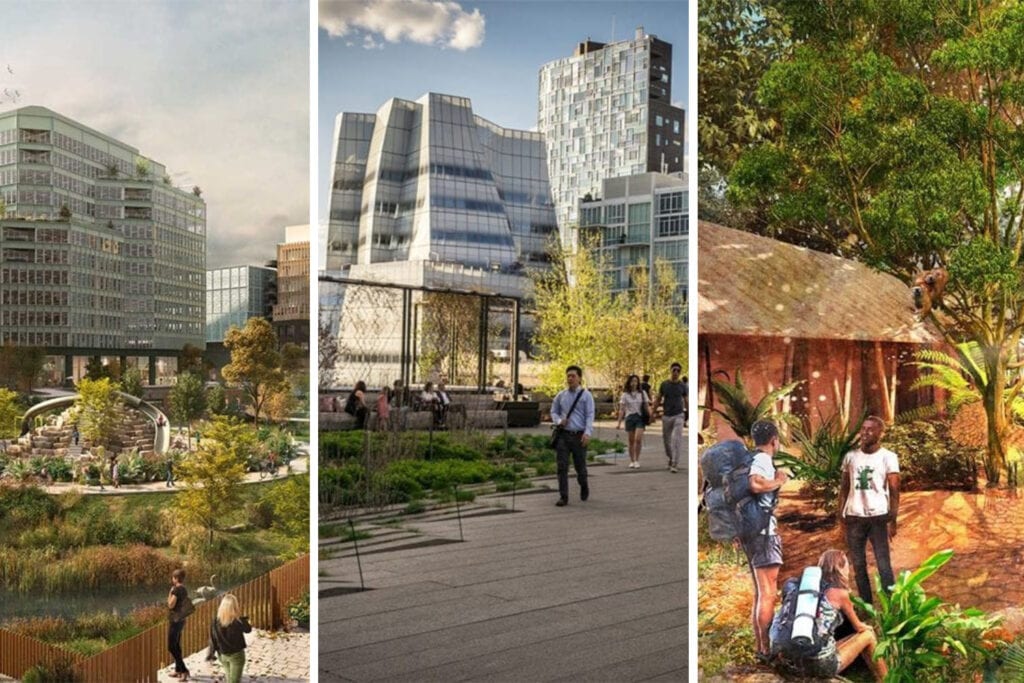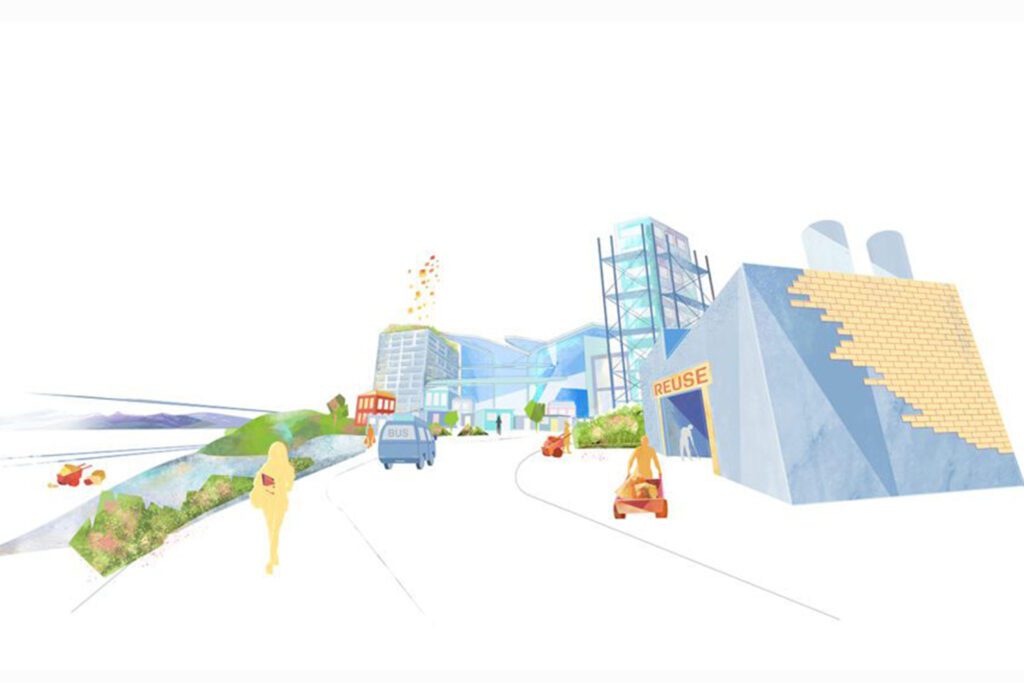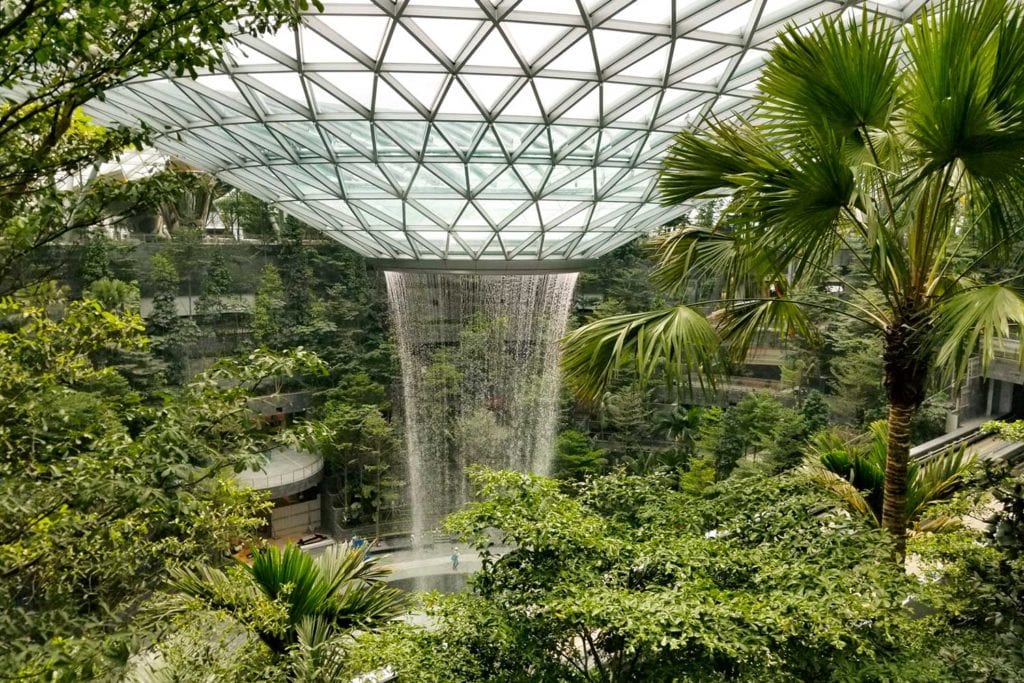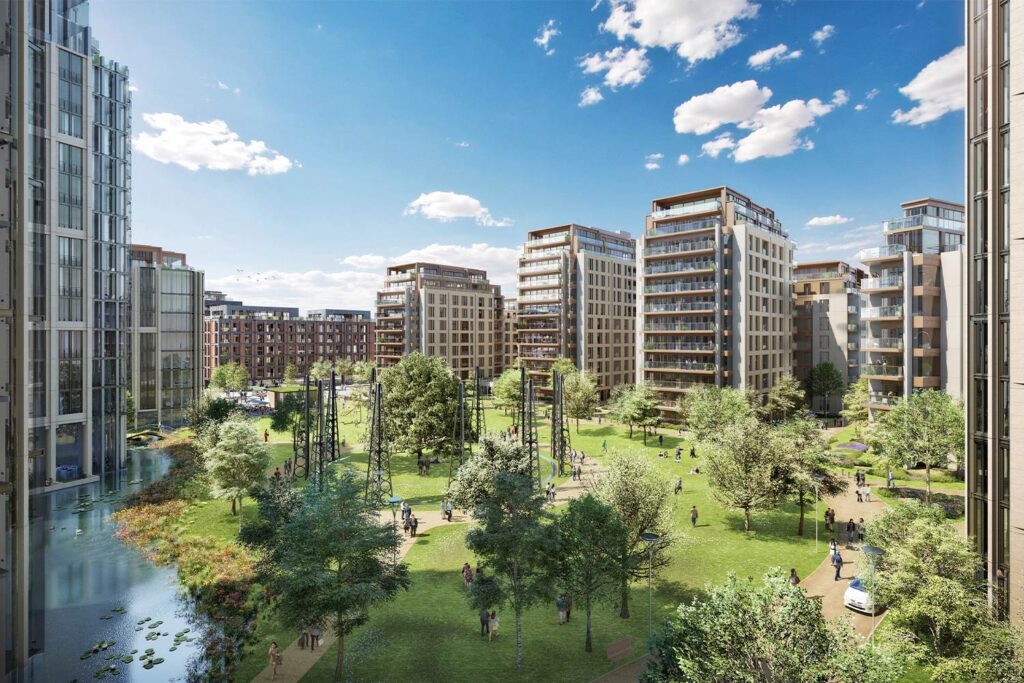Environmental net gain: building a better environment
The term ‘environmental net gain’ is increasingly appearing in conversations with environmental, sustainability and energy professionals. However, the term might not be as new as you expect.
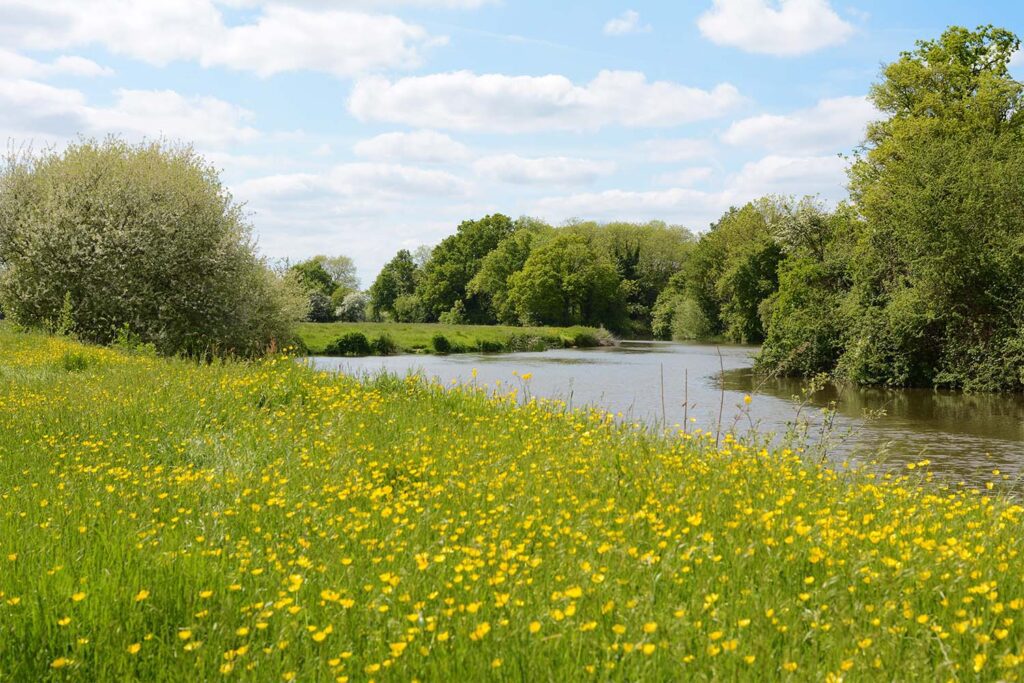
The idea that the environment should be left in a better state than before development took place is already a concept within biodiversity. Biodiversity net gain now has very considerable traction. It has started appearing in numerous projects across the UK, ahead of the adoption of the Environment Bill, which will make biodiversity net gain a mandatory requirement.
Whilst biodiversity net gain has established the net gain principle, environmental net gain goes further. It is more comprehensive and relevant across many environmental areas, including carbon storage, material use, air purification, physical health as well as recreation and water quality. So, what does environmental net gain actually mean?
Environmental net gain is an approach to development that leaves both biodiversity and the environment in a measurably better state than prior to development – as measured by biodiversity measures, ecosystem services and environmental metrics.
UK National Infrastructure Commission, 2021
Environmental net gain provides a way to ensure that all developments make a measurable contribution to improving the natural environment and the services that are provided to society, over time. It uses the concept of natural capital assets (such as soil, rivers and woodland) and ecosystem services (defined as the direct and indirect contributions of ecosystems to human survival and quality of life) as a way to assess and quantify the impact of development and operational activities on the natural environment.
For example, in terms of air quality, environmental net gain means that developments would have to leave the air in a cleaner and purer state than before the development took place. Or, in terms of materials used, circular economy-based actions would need to be taken to support localised food production.
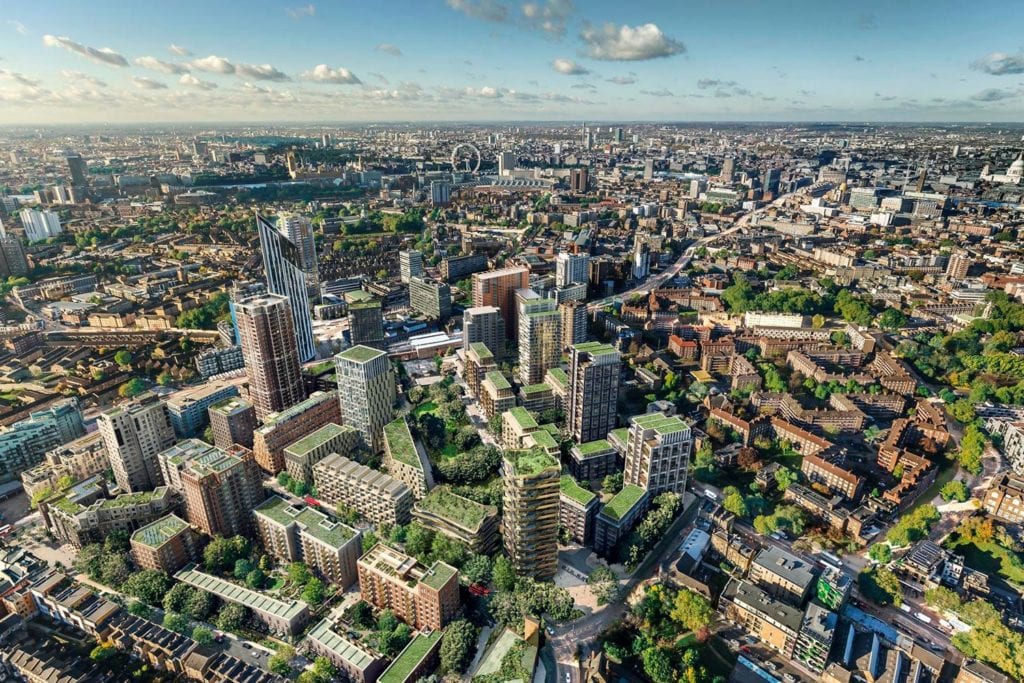
In January 2018, the UK Government launched ‘A Green Future: Our 25 Year Plan to Improve the Environment‘. The plan sets out the government’s ambitions over the next 25 years for key natural assets including air, water, land and wildlife. The plan also highlights the need to improve resource efficiency, decrease waste and pollution, and connect people with nature.
To make environmental improvement a reality, the plan seeks to embed an environmental net gain principle for development, with the environment placed at the heart of design, planning and decision making.
Currently, there are no timescales for the adoption of environmental net gain as a statutory requirement. However, the plan does pledge to consult on making it mandatory for planning authorities to ensure environmental net gains are achieved across local areas and the development of locally-led strategies to enhance the natural environment.
There are already a wealth of online tools and guidance on environmental net gain. This includes the Department for Environment, Food & Rural Affairs online portal ‘Enabling a Natural Capital Approach’, for calculating UK natural capital and Natural England‘s ‘Environmental Benefits from Nature’ tool, which uses a habitat-based approach to consider the impact of land use change across 18 ecosystem services. Using these resources allows us to analyse the environmental baseline and understand what a development would need to deliver and achieve environmental net gain.

With the growth of environmental awareness and the declaration of a global climate and biodiversity emergency, as environmental consultants, we expect this evolving concept to become increasingly relevant and a future requirement for urban development projects.
An understanding of the overlap and interaction with new areas such as zero carbon, delivering a circular economy, nature-based solutions and the upcoming national design codes is crucially important to delivering quality assessments. We also need to think more widely and remove any blinkers in developing a common approach to environmental net gain, what it should encompass and the standards we expect to uphold.
By considering aspects such as embodied impacts beyond carbon (whole life cycle), non-human related impacts and social value, but also those relating to ecosystem health will allow a more systemic and holistic way of thinking about environmental net gain. Of course, the environmental aspects included in an assessment of net gain will vary based on the nature of the development. What is clear is that environmental net gain needs a multidisciplinary approach, with contributions from a wide range of specialists and experts.
Drawing on our environmental, sustainability and energy expertise, as well as our project experience, Buro Happold is investing time to research and explore ideas that develop this service offer for the future. Please visit our environmental consultancy specialism page if you would like to discuss this topic further.



